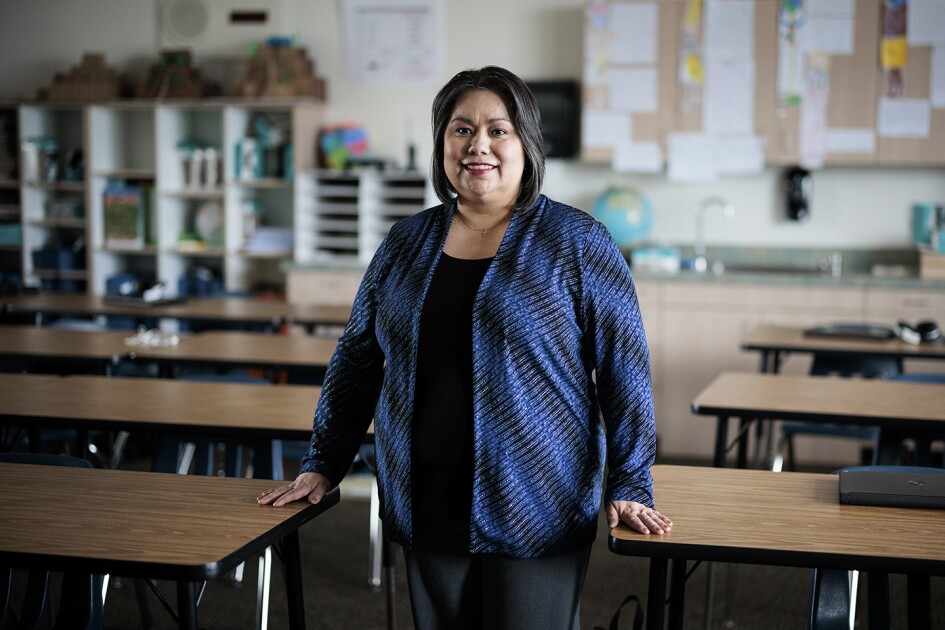Sure, tradition may say that the teacher is the one who does the instructing and the student is the one who learns. But what happens when, on occasion, the tables are turned?
That idea is gaining some currency, thanks in part to organizations like GenYES and the New York-based United Network of Student Leaders that aim to give students a greater role in school technology implementation and instruction.
The logic is simple. Students in today’s schools have grown up in a world of rapidly changing technology, even as many teachers may be struggling to incorporate Web 2.0 tools into the classroom. So, if you’re trying to figure out how to develop an online video project for a particular unit, who better to help you than the YouTube experts sitting right in front of you?
Proponents say that, for teachers, student-led classroom-tech projects can be a cheaper, more job-embedded alternative to formal professional development.
Meanwhile, students’ involvement in planning and curriculum development can increase their ownership of the material, strengthen their problem-solving skills, and, with the guidance of the teacher, help them better understand the applicability of their skills to real-world projects.






